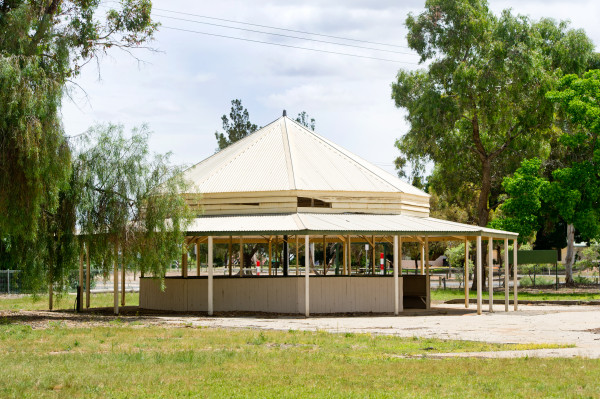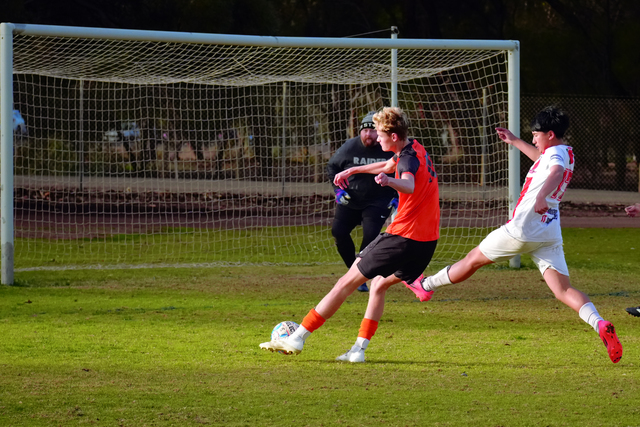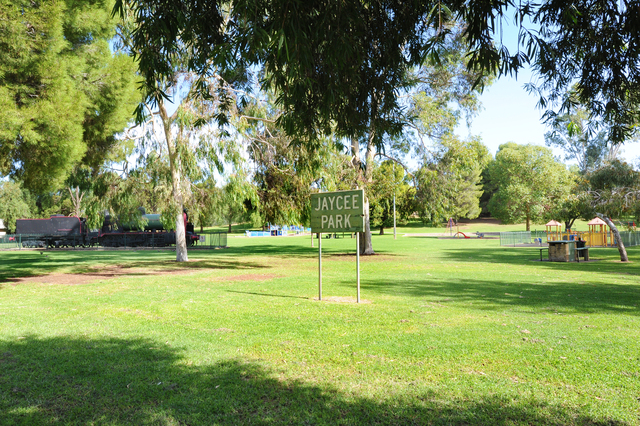THE social rooms at my old cricket club in the Latrobe Valley were built for a fraction of the cost they are worth.
They were constructed about 25 years ago on the back of a huge community effort, where local tradies volunteered their time, or performed tasks at an agreed rate, and products were sourced from local suppliers.
Even us cricketers got our hands dirty, from mixing mud for the brickies, to cleaning the site each night, to cooking barbecues and serving up a few cold ones to those helping us out. It was a bonding experience, spiritual even, leaving us all with a well-earned sense of ownership.
To this day, the rooms remain a huge community asset and a source of pride for the club and town.
Sadly, such community-driven projects are largely a thing of the past.
Government regulations and red tape have virtually ended the era of the working bee.
Where once local clubs or organisations could stretch money a mile by sourcing in-kind help and a local labour force, now that money is swallowed up in layers of fees and the work outsourced to contractors, often from out of town.
A club in the modern era is lucky to install a new toilet roll holder without the appropriate permit or ticking the right OH&S box, so every improvement or development is a drawn-out and costly process. And ratepayers pay a bomb for that bureaucratic work to be carried out.
There are reasons for this, of course, to ensure proper processes and regulations are followed.
And councils like Mildura’s are required to follow an ever-increasing set of government rules to the letter.
But I can’t help but wonder how much doesn’t get done in our communities as a result.
As an example, I live out at Nichols Point now and drive past the beautiful, but sadly dilapidated old school building and rotunda every day.
I’m not sure how many years of consultations and grant application processes have been wasted in trying to figure out what to do with the site.
And it worries me just how many more years it will remain an eyesore instead of an area that could be a well-used community asset.
The council was recently successful in obtaining a $25,000 grant through Heritage Victoria, which will fund beautification works and now formally recognises the rotunda as one of 27 significant heritage sites across the state.
So is the plan to source some outside contractor to come in and pretty up the rotunda, but leave the rest to ruin?
Imagine, though, if we could just turn the clock back a few decades.
Builders from the area would jump on board to help restore the old school building. The rotunda could be restored, with local painters using supplies from a local paint shop. Garden clubs and landscapers could design the surrounds, and school kids could dig in and help with the planting. A themed playground could even be built.
What would be left would be an asset to be enjoyed and used for years to come.
But that is not how it works in the modern era.
Instead, we wait. We wait for planning zone approvals, submissions and soil tests. We investigate heritage overlay issues, wait for permits to be issued, for the money to roll in from somewhere, for further community consultations and a tendering process. We wait for someone else to do the work for us.
It makes me think back to those cricket social rooms and wonder whether they would ever have been built in today’s climate?
Sadly, not a chance. Not with so many steps and hurdles to clear. Not with so many layers of cost. Not with having to outsource the entire project. Not without the club and community being able to cut costs by using their best asset; the skills of their own people.
They may have been simpler times, but there’s something to be said for how we got things done in the good ol’ days.








